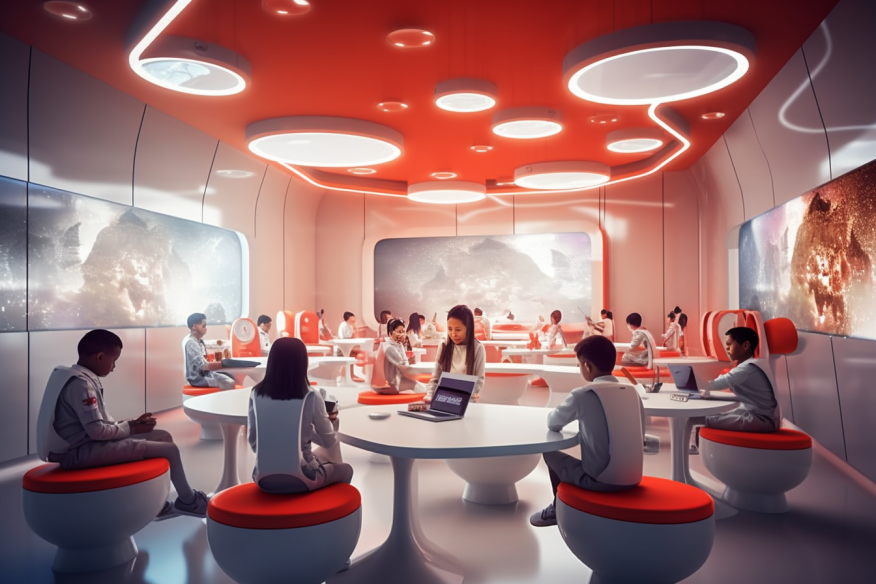In an era where access to information is at our fingertips, traditional methods of assessing students’ knowledge may fall short in capturing the depth of their understanding. With the rise of Artificial Intelligence (AI), students can easily access vast amounts of content, challenging educators to evolve their assessment strategies. This article explores alternative assessment methods that emphasize critical thinking, problem-solving, and creativity to better prepare students for the demands of the 21st century.
The Changing Landscape of Education
The advent of AI has revolutionized the educational landscape, offering students unprecedented access to information. While this accessibility is a boon, it also necessitates a shift in how we assess student learning. Memorization-based assessments are becoming less relevant, giving way to evaluations that measure a student’s ability to apply knowledge in real-world scenarios.
Emphasizing Critical Thinking
Assessments should move beyond rote memorization and encourage critical thinking. Design tasks that require students to analyze, evaluate, and synthesize information. Pose open-ended questions that prompt thoughtful responses, fostering a deeper understanding of the subject matter. By emphasizing critical thinking, educators can assess a student’s ability to navigate complex issues and make informed decisions.

Project-Based Assessments
Project-based assessments offer a dynamic approach to evaluating students’ skills. Assignments that involve real-world problem-solving not only engage students but also provide a platform for applying theoretical knowledge. Whether it’s a research project, a case study, or a creative endeavor, such assessments mirror the challenges students may encounter in their future careers.

Assessing Creativity
Creativity is a vital skill in a rapidly evolving world. Traditional assessments may struggle to capture this aspect of a student’s capabilities. Integrate assessments that allow students to showcase their creativity, such as multimedia projects, presentations, or even collaborative problem-solving activities. This not only assesses their understanding but also their ability to think outside the box.
Oral Presentations and Communication Skills
Effective communication is a key skill often overlooked in traditional assessments. Incorporating oral presentations as part of assessments not only evaluates a student’s ability to articulate ideas but also their confidence and presentation skills. This aligns with the reality of professional environments where effective communication is crucial.

Portfolios for Holistic Evaluation
Portfolios provide a comprehensive view of a student’s academic journey. Encourage students to curate a collection of their best work, reflections, and accomplishments over time. This holistic approach allows educators to assess growth, self-awareness, and a range of skills that extend beyond the scope of a single exam.
Peer Assessments and Collaboration
Incorporating peer assessments fosters collaboration and provides valuable insights into a student’s interpersonal skills. This method encourages students to evaluate their peers’ work, promoting a deeper understanding of the subject matter. Additionally, collaboration in assessments mirrors the collaborative nature of many professional settings.

Conclusion
As we navigate the transformative impact of AI on education, it’s crucial to reevaluate how we assess student learning. By focusing on critical thinking, problem-solving, creativity, and practical application of knowledge, educators can better prepare students for the challenges they will face in their future endeavors. Embracing alternative assessment methods not only ensures a more accurate representation of students’ abilities but also cultivates skills that are essential in an ever-evolving world.

Leave a Reply